Related Research Articles
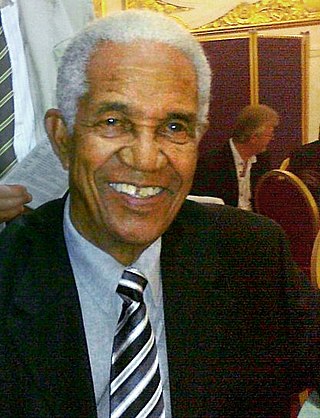
Sir Garfield St Aubrun Sobers,, also known as Sir Gary or Sir Garry Sobers, is a former cricketer who played for the West Indies between 1954 and 1974. A highly skilled bowler, an aggressive batsman and an excellent fielder, he is widely considered to be cricket's greatest ever all-rounder and one of the greatest cricketers of all time.
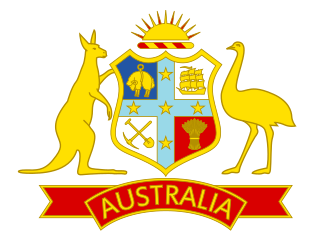
The Australia men's national cricket team represents Australia in men's international cricket. As the joint oldest team in Test cricket history, playing in the first ever Test match in 1877, the team also plays One-Day International (ODI) and Twenty20 International (T20I) cricket, participating in both the first ODI, against England in the 1970–71 season and the first T20I, against New Zealand in the 2004–05 season, winning both games. The team draws its players from teams playing in the Australian domestic competitions – the Sheffield Shield, the Australian domestic limited-overs cricket tournament and the Big Bash League.
William Morris Lawry is an Australian former cricketer who played for Victoria and Australia. He captained Australia in 25 Test matches, winning nine, losing eight and drawing eight, and led Australia in the inaugural One Day International match, played in 1971.

Brian Charles Booth was an Australian cricketer who played in 29 Test matches between 1961 and 1966, and 93 first-class matches for New South Wales. He captained Australia for two Tests during the 1965–66 Ashes series while regular captain Bob Simpson was absent due to illness and injury. Booth was a graceful right-handed middle order batsman at No. 4 or 5, and occasionally bowled right arm medium pace or off spin. He had an inclination to use his feet to charge spin bowlers. Booth was known for his sportsmanship on the field and often invoked Christianity while discussing ethics and sport.
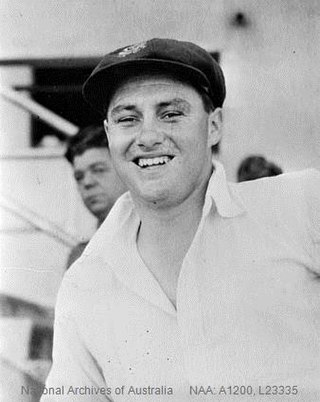
Barrington Noel Jarman was an Australian Test cricketer and International Cricket Council (ICC) match referee. Jarman played in 19 Test matches for the Australian cricket team between 1959 and 1969, including one match as captain.
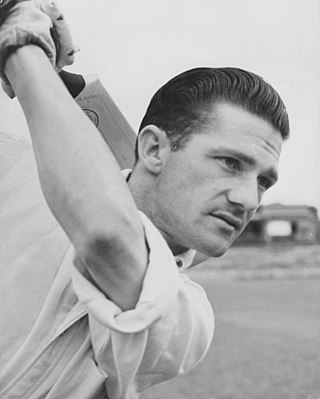
Robert Neil Harvey is an Australian former cricketer who was a member of the Australian cricket team between 1948 and 1963, playing in 79 Test matches. He was the vice-captain of the team from 1957 until his retirement. An attacking left-handed batsman, sharp fielder and occasional off-spin bowler, Harvey was the senior batsman in the Australian team for much of the 1950s and was regarded by Wisden as the finest fielder of his era. Upon his retirement, Harvey was the second-most prolific Test run-scorer and century-maker for Australia.

In cricket, a century is a score of 100 or more runs in a single innings by a batter. The term is also included in "century partnership" which occurs when two batsmen add 100 runs to the team total when they are batting together. A century is regarded as a landmark score for batters and a player's number of centuries is generally recorded in their career statistics. Scoring a century is loosely equivalent in merit to a bowler taking a five-wicket haul, and is commonly referred to as a ton or hundred. Scores of more than 200 runs are still statistically counted as a century, although these scores are referred to as double, triple, and quadruple centuries, and so on. Reaching 50 runs in an innings is known as a half-century.
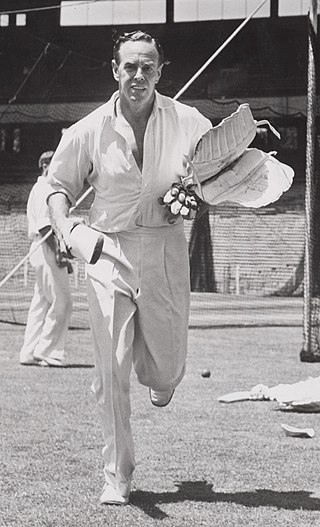
Ian William Geddes Johnson, was an Australian cricketer who played 45 Test matches as a slow off-break bowler between 1946 and 1956. Johnson captured 109 Test wickets at an average of 29.19 runs per wicket and as a capable lower order batsman made 1,000 runs at an average of 18.51 runs per dismissal. He captained the Australian team in 17 Tests, winning seven and losing five, with a further five drawn. Despite this record, he is better known as the captain who lost consecutive Ashes series against England. Urbane, well-spoken and popular with his opponents and the public, he was seen by his teammates as a disciplinarian and his natural optimism was often seen as naive.
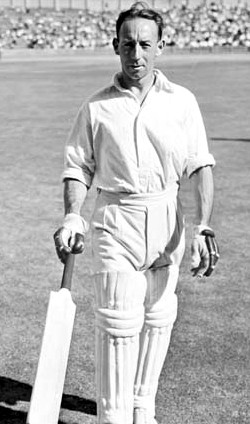
Arthur Lindsay Hassett was an Australian cricketer who played for Victoria and the Australian national team. The diminutive Hassett was an elegant middle-order batsman, described by Wisden as, "... a master of nearly every stroke ... his superb timing, nimble footwork and strong wrists enabled him to make batting look a simple matter". His sporting career at school singled him out as a precocious talent, but he took a number of seasons to secure a regular place in first-class cricket and initially struggled to make large scores. Selected for the 1938 tour of England with only one first-class century to his name, Hassett established himself with three consecutive first-class tons at the start of the campaign. Although he struggled in the Tests, he played a crucial role in Australia's win in the Fourth Test, with a composed display in the run-chase which sealed the retention of the Ashes. Upon returning to Australia, he distinguished himself in domestic cricket with a series of high scores, becoming the only player to score two centuries in a match against Bill O'Reilly—widely regarded as the best bowler in the world.

Clement "Clem" Hill was an Australian cricketer who played 49 Test matches as a specialist batsman between 1896 and 1912. He captained the Australian team in ten Tests, winning five and losing five. A prolific run scorer, Hill scored 3,412 runs in Test cricket—a world record at the time of his retirement—at an average of 39.21 per innings, including seven centuries. In 1902, Hill was the first batsman to make 1,000 Test runs in a calendar year, a feat that would not be repeated for 45 years. His innings of 365 scored against New South Wales for South Australia in 1900–01 was a Sheffield Shield record for 27 years. The South Australian Cricket Association named a grandstand at the Adelaide Oval in his honour in 2003 and he was inducted into the Australian Cricket Hall of Fame in 2005.Hill is regarded as one of the best batsman of his era.
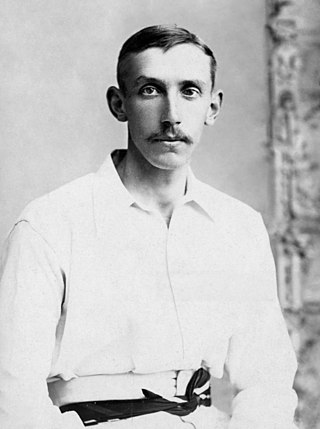
Hugh Trumble was an Australian cricketer who played 32 Test matches as a bowling all-rounder between 1890 and 1904. He captained the Australian team in two Tests, winning both. Trumble took 141 wickets in Test cricket—a world record at the time of his retirement—at an average of 21.78 runs per wicket. He is one of only four bowlers to twice take a hat-trick in Test cricket. Observers in Trumble's day, including the authoritative Wisden Cricketers' Almanack, regarded him as ranking among the great Australian bowlers of the Golden Age of cricket. He was named as one of the Wisden Cricketers of the Year in 1897 and the Australian Cricket Hall of Fame, established in 1996, inducted him in 2004.
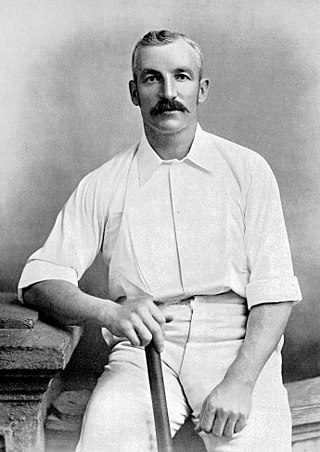
George Giffen was a cricketer who played for South Australia and Australia. An all-rounder who batted in the middle order and often opened the bowling with medium-paced off-spin, Giffen captained Australia during the 1894–95 Ashes series and was the first Australian to score 10,000 runs and take 500 wickets in first-class cricket. He was inducted into the Australian Cricket Hall of Fame on 26 February 2008.
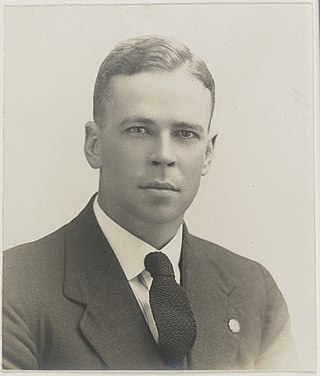
William Harold PonsfordMBE was an Australian cricketer. Usually playing as an opening batsman, he formed a successful and long-lived partnership opening the batting for Victoria and Australia with Bill Woodfull, his friend and state and national captain. Ponsford is the only player to twice break the world record for the highest individual score in first-class cricket; Ponsford and Brian Lara are the only cricketers to twice score 400 runs in an innings. Ponsford holds the Australian record for a partnership in Test cricket, set in 1934 in combination with Don Bradman —the man who broke many of Ponsford's other individual records. In fact, he along with Bradman set the record for the highest partnership ever for any wicket in Test cricket history when playing on away soil
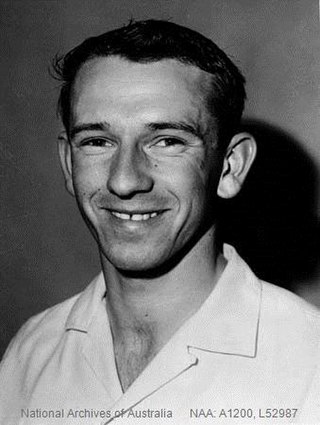
Kevin Douglas Walters is a former Australian cricketer. He was known as an attacking batsman, a useful part-time bowler, and also as a typical ocker.
Graham Douglas McKenzie – commonly known as "Garth", after the comic strip hero – is an Australian cricketer who played for Western Australia (1960–74), Leicestershire (1969–75), Transvaal (1979–80) and Australia (1961–71) and was a Wisden Cricketer of the Year in 1965. He succeeded Alan Davidson as Australia's premier fast bowler and was in turn succeeded by Dennis Lillee, playing with both at either end of his career. McKenzie was particularly noted for his muscular physique and ability to take wickets on good batting tracks. His father Eric McKenzie and uncle Douglas McKenzie played cricket for Western Australia and Garth was chosen for the Ashes tour of England in 1961 aged only 20. He made his debut in the Second Test at Lord's, where his 5/37 wrapped up the England innings to give Australia a 5 wicket victory.

Chris Old is a former English cricketer, who played 46 Tests and 32 ODIs from 1972 to 1981. A right-arm fast-medium bowler and lower order left-handed batsman, Old was a key feature of the Yorkshire side between 1969 and 1983, before finishing his career at Warwickshire in 1985. As a Test bowler for England he took 143 wickets, and scored useful runs in the famous 1981 Ashes series' Headingley victory.

Samuel John Everett Loxton was an Australian cricketer, footballer and politician. Among these three pursuits, his greatest achievements were attained on the cricket field; he played in 12 Tests for Australia from 1948 to 1951. A right-handed all-rounder, Loxton was part of Don Bradman's Invincibles, who went through the 1948 tour of England undefeated, an unprecedented achievement that has never been matched. As well as being a hard-hitting middle-order batsman, Loxton was a right-arm fast-medium swing bowler who liked to aim at the upper bodies of the opposition, and an outfielder with an accurate and powerful throw. After being dropped from the national team, Loxton represented Victoria for seven more seasons before retiring from first-class cricket. He served as an administrator after his playing days were over and spent 24 years as a Liberal Party member of the Victorian Legislative Assembly. Up until 1946, Loxton also played in the Victorian Football League (VFL) for St Kilda as a forward. In all three arenas, he was known for his energetic approach.
Edward Philip Illingworth is a former Australian cricketer who played five first-class matches for Victoria between 1962 and 1964. A right-arm medium pace bowler, Illingworth was best remembered for being no-balled for throwing in a Sheffield Shield match against South Australia in November 1964 by umpires Col Egar and Jack Ryan. His selection for Victoria was made more controversial by the fact that he had been called at district level for throwing prior to his first-class debut. Away from first-class cricket, Illingworth had a successful career for Fitzroy in Victorian Premier Cricket, where he remains the eighth highest wicket-taker of all time, with 599. He was named the club champion three times, and later served for seven years as a board member of the Victorian Cricket Association.

Headingley Cricket Ground is a cricket ground in the Headingley Stadium complex in Headingley, Leeds, England. It adjoins the Headingley Rugby Stadium through a shared main stand, although the main entrance to the cricket ground is at the opposite Kirkstall Lane end. It has hosted Test cricket since 1899 and has a capacity of 18,350.
References
- ↑ "First-Class Matches played by Bob Cowper". CricketArchive. Retrieved 24 July 2019.
- 1 2 3 4 5 6 The Oxford Companion to Australian Cricket, Oxford, Melbourne, 1996, pp. 125–26.
- ↑ Alex Bannister, "Australians in West Indies, 1965", Wisden 1966, pp. 817–31.
- ↑ Mukherjee, Abhishek (5 October 2016). "Bob Cowper: The first man to score a Test 300 on Australian soil". CricketCountry. india.com. Retrieved 20 December 2016.
- ↑ The best – and worst – travellers
- ↑ "Benaud, Chappell administrators". The Canberra Times . Vol. 52, no. 14, 886. Australian Capital Territory, Australia. 20 September 1977. p. 28. Retrieved 4 May 2018– via National Library of Australia.
- ↑ "Great wall of silence in Monaco". 22 January 2005.
- ↑ "Long-off Cowper on a rich seam". 11 July 2003.
- ↑ "Cricket Australia: King's Birthday Honours List 2023". CricExec. Retrieved 10 October 2023.
- ↑ "CV inducts four new Life Members". Cricket Victoria. 5 March 2018. Retrieved 30 July 2019.
- ↑ "Mr Robert Maskew COWPER". Australian Honours Search Facility. 12 June 2023. Retrieved 16 June 2023.
